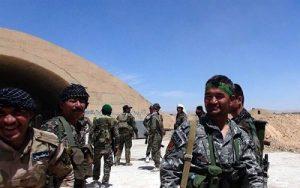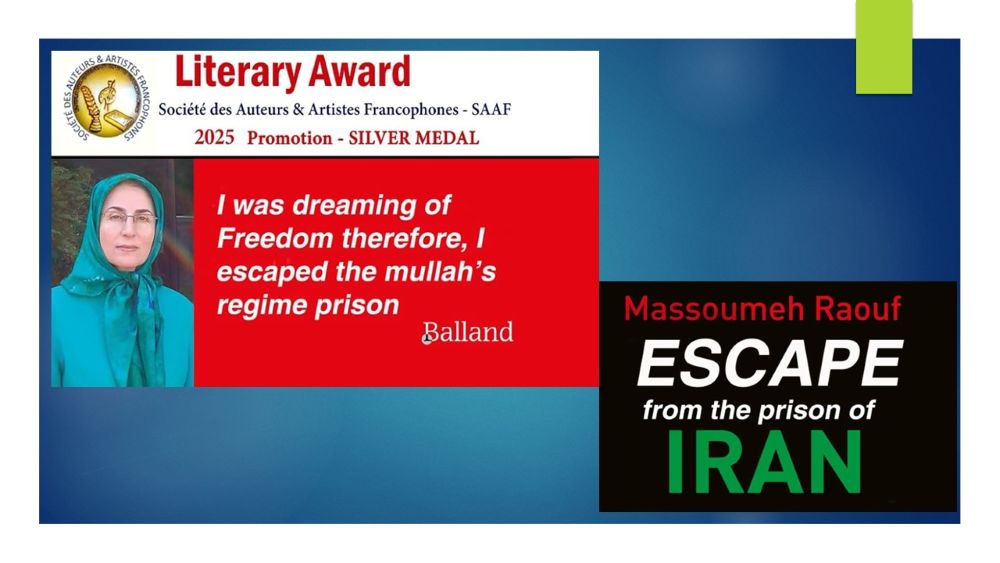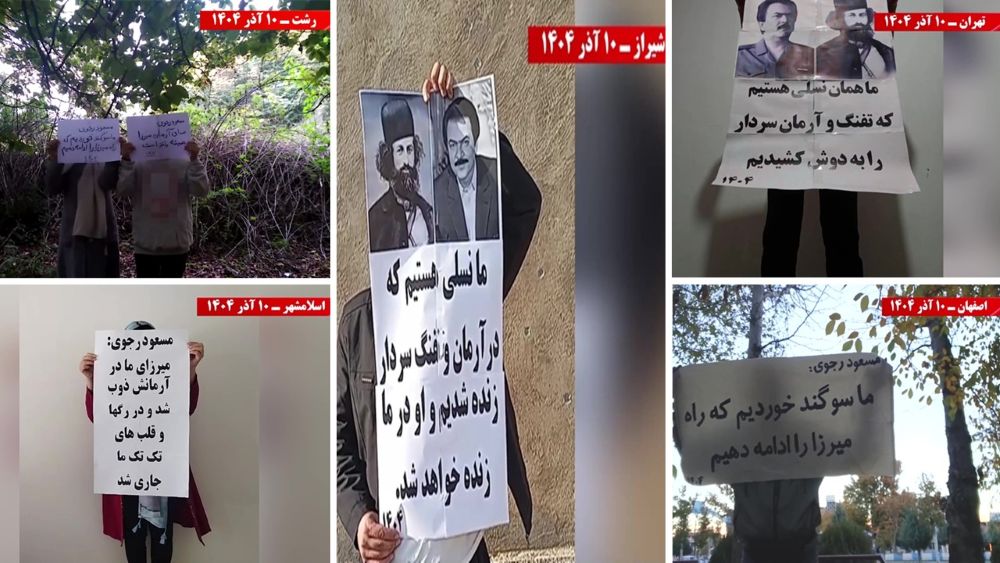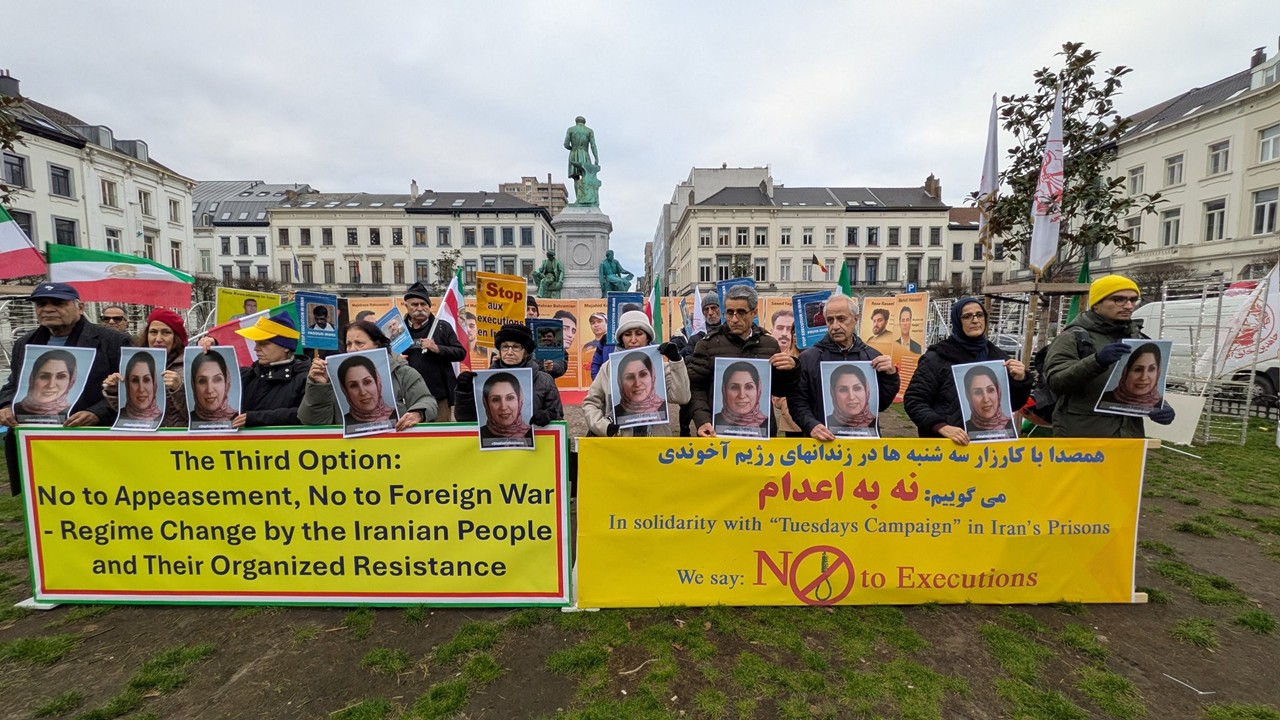Iran Events
Iran currency drops 18% in two days
Iran’s currency traded at a fresh record-low of 119,000 to the dollar on Tuesday, a loss of nearly two-thirds of its value since the start of the year as US sanctions loom.
The Iranian rial has been crashing in recent days as the country anxiously awaits the reimposition of full US sanctions, starting on August 6.
It hit 100,000 to the dollar for the first time on Sunday and continued its decline, losing 18 percent of its value in less than two days.
On January 1, the dollar was worth 42,900 rials.
The government has been in crisis mode, replacing its central bank chief last week.
The central bank issued a statement on Monday, blaming the currency volatility on the “enemies’ conspiracy” and vowing fresh counter-measures “in the coming days”.
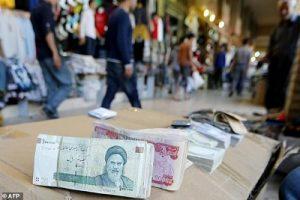
Iran: “Waves of Corruption in Registration of Goods”
According to Amir Khojaste, the head of the Iranian regime parliament’s “Combat with Economic Corruption” section, there is a shocking number of law violations going on within the Ministry of Industry, Mine, and Trade; and that to date, there have been more than 34000 cases of illegally registered goods, with only a small portion pertaining to automobiles.
The state-run website “Tabnak” quotes Khojaste on this subject: “With regards to illegal registrations of goods, we will soon release some statistics that are sure to shock everyone with their unbelievable figures. Besides automobiles, many other products are on the list; including sugar, tires, livestock and bird feed, and various essential products”.
Khojaste also points out to the fact that these claims were brought to light two years ago, only to be denied and even sued by the authorities then: “The problem goes beyond just some workers in the Ministry of Industry, Mine and Trade; it even goes beyond the directing generals in place. The actual problem stems from the deputy ministers who have had the main share in all these crimes”.
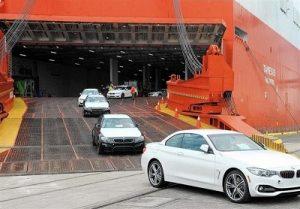
UN panel finds further evidence of Iran link to Yemen missiles
Yemen’s Huthi rebels are still arming themselves with ballistic missiles and drones that “show characteristics similar” to Iranian-made weapons, a report by a UN panel of experts has found.
In a confidential report to the Security Council, a copy of which was seen by AFP on Monday, the panel said it “continues to believe” that short-range ballistic missiles and other weaponry were transferred from Iran to Yemen after an arms embargo was imposed in 2015.
Recent inspections of weaponry including missiles and unmanned aerial vehicles (UAVs) used by the Huthis “show characteristics similar to weapons systems known to be produced in the Islamic Republic of Iran,” said the 125-page report.
During recent visits to Saudi Arabia, the panel was able to inspect debris from 10 missiles and found markings that suggest an Iranian origin, said the report spanning January to July this year.
The experts are also investigating information that the Huthis received from Iran a monthly donation of fuel valued at $30 million. Iran has denied providing any financial support to the Huthis.
UN Secretary-General Antonio Guterres told the council in a separate report in June that some components from five missiles fired at Saudi Arabia were manufactured in Iran but that UN officials were unable to determine when they were shipped to Yemen.

Pompeo sets conditions for Iran meeting after Trump says he’ll meet without preconditions
Secretary of State Mike Pompeo listed specific conditions for President Trump to meet with Iranian leaders, hours after Trump said he would not require any preconditions.
“We’ve said this before,” Pompeo said on CNBC’s “Closing Bell” on Monday. “The president wants to meet with folks to solve problems.”
Pompeo then listed some preconditions for the meeting to take place.
“If the Iranians demonstrate a commitment to make fundamental changes in how they treat their own people, reduce their malign behavior, can agree that it’s worthwhile to enter into a nuclear agreement that actually prevents proliferation, then the president said he’s prepared to sit down and have the conversation with them,” Pompeo said.

Iran Regime Coerces Afghans to Fight and Die in Syria
Since 2014, thousands of young Afghan Shiite men have been recruited to fight in the Syrian civil war on behalf of the Iran Regime to prop up the brutal Bashar Assad dictatorship. These Afghan recruits are being sent to the front lines, where they risk death and serious injury, somewhere Iranian troops are not sent, but they know little about the wider context of the war that they are fighting.
Over 840 of these men, pushed into a foreign conflict by economic hardship, have died, but survivors are still signing up, desperate that they and their families can escape economic hardship if they reenlist and take home another few hundred US dollars.
There have been between 5,000 and 12,000 Afghan fighters in the Syrian civil war since the units were established within the Fatemiyoun Division of Iran’s Revolutionary Guard Corps. Most are refugees in Iran or impoverished workers from the Afghanistan-Iran border, meaning that it is easy for the Iranian Regime to take advantage of them.
The Afghan troops are only one part of Iran’s Shiite forces in Syria –in fact Israel accused Iran in December of sending up to 80,000 foreign fighters to Syria. Iran has also recruited from Lebanon, Iraq, and Pakistan, but Afghans have the second highest death rates among the Shiite forces.
